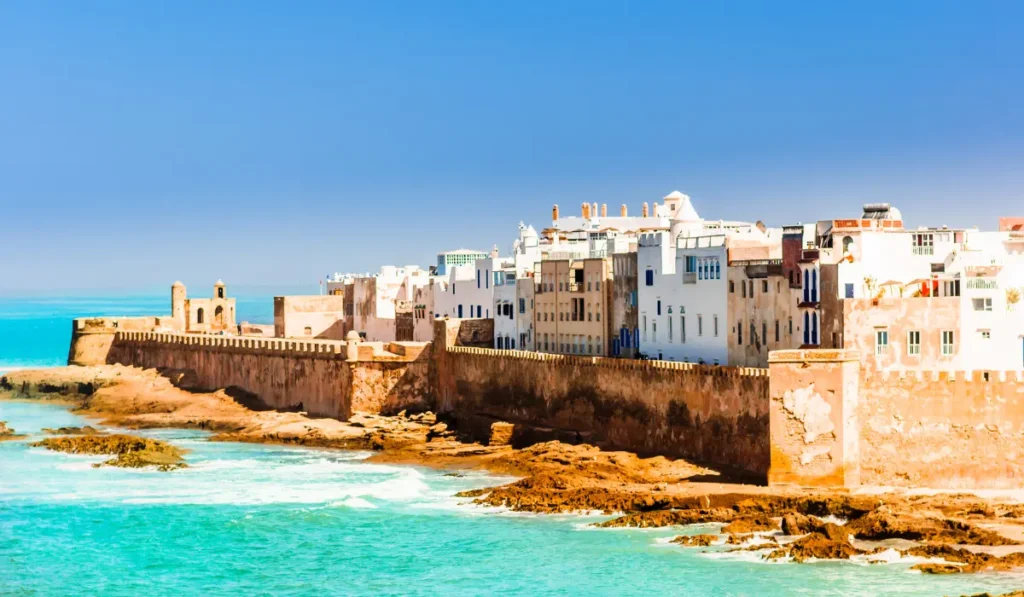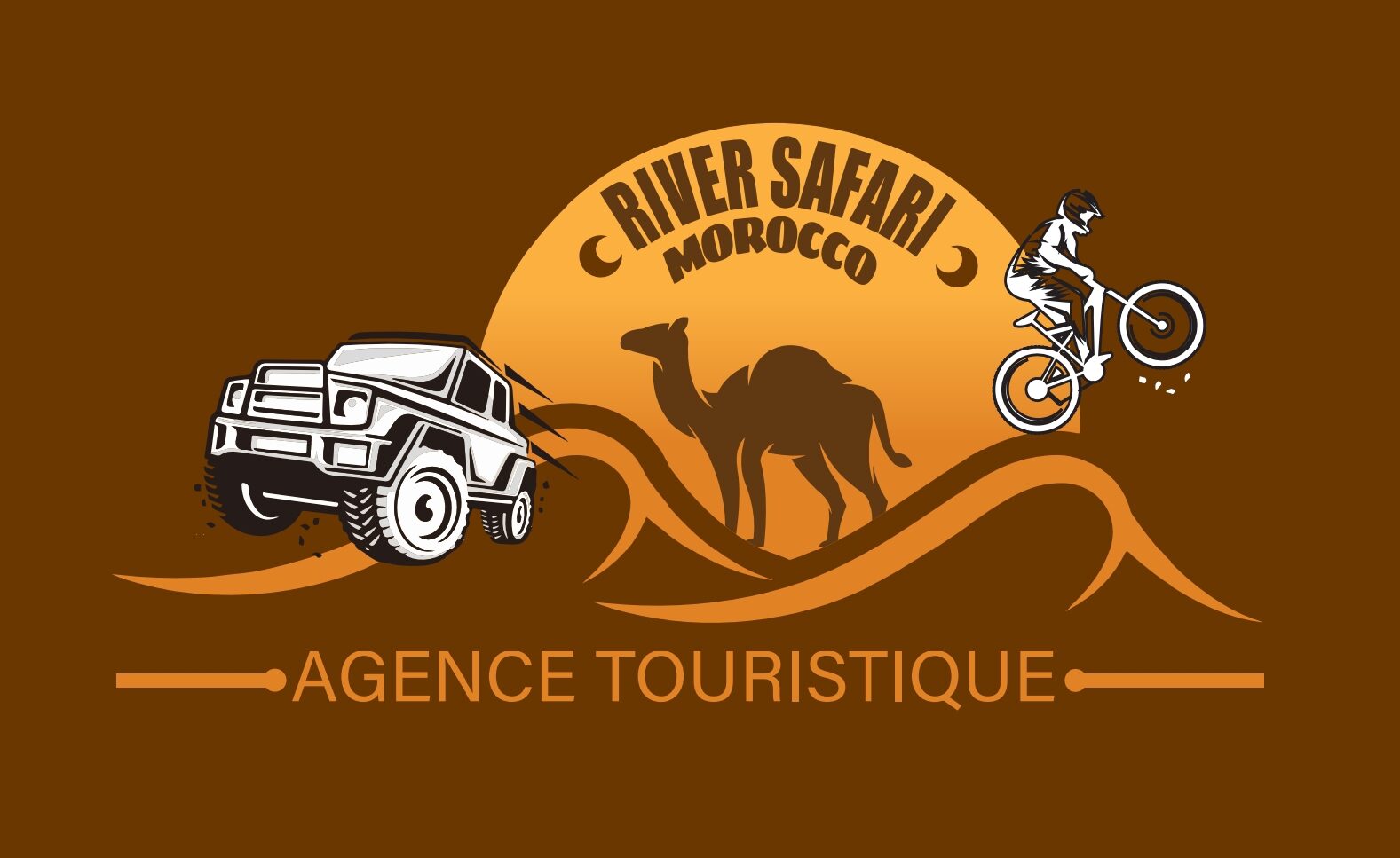
Overview :
- This trip is an excellent introduction to Morocco’s centuries-old culture in a remarkably short space of time. You’ll visit the country’s three most beautiful imperial cities, ancient strongholds with maze-like streets surrounded by towering walls.
highlights :
→ Immerse yourself in Morocco’s Imperial history
→ Explore UNESCO World Heritage sites
→ Experience the vibrant culture of Moroccan medinas and souks
→ Drive through the Valley of Roses and visit Kel’aa M’gouna’s cosmetic cooperatives (if desired!)
→ Enjoy personalized service with expert local guides
→ Stay in luxurious boutique riads and hotels reflecting Moroccan heritage
→ Explore the architectural marvels of Place Mohammed V and Place des Nations Unies
→ Unhurried Pace: Ample time to absorb the rich tapestry of Moroccan heritage
→ Explore UNESCO World Heritage sites
→ Experience the vibrant culture of Moroccan medinas and souks
→ Drive through the Valley of Roses and visit Kel’aa M’gouna’s cosmetic cooperatives (if desired!)
→ Enjoy personalized service with expert local guides
→ Stay in luxurious boutique riads and hotels reflecting Moroccan heritage
→ Explore the architectural marvels of Place Mohammed V and Place des Nations Unies
→ Unhurried Pace: Ample time to absorb the rich tapestry of Moroccan heritage
Itinerary :
Day 1 : Essaouira - asfi - el jadid - casablanca / Day 2 : Casablanca - Rabat - Meknes
Essaouira, a historic anchorage and major Moroccan fishing harbor, is renowned for its kitesurfing and windsurfing, thanks to constant trade winds and its sheltered bay. Nearby, Sidi Kaouki, 25 km south, is emerging as a prime spot for surfing and gear rentals. The medina features traditional crafts like cabinet making and thuya wood-carving.
Traveling along the Atlantic coast, we reach Safi, an ancient port city with Portuguese fortifications and a weaving history. Continuing to El Jadida, its UNESCO-listed Portuguese City of Mazagan showcases Renaissance-era architecture.
Casablanca, Morocco’s largest city and financial hub, is home to the iconic Hassan II Mosque and vibrant attractions like Morocco Mall and Ain Diab beach. Rabat, the capital, blends historic sites like the Oudayas and Hassan Tower with cultural spots like the Archaeological Museum.
In Meknes, visit Moulay Ismaïl’s imperial palace, grand gates like Bab Mansur, and landmarks like Place el-Hedim and Dar Jamaï Museum, all reflecting the city’s rich history.
Day 3 : Discover Meknes city / Day 4 : Meknes - Volubilis - Fes
Volubilis, a significant Roman-era settlement near Meknes, is a UNESCO World Heritage Site. Nearby, Moulay Idriss Zerhoun is an important pilgrimage site.
Fez, Morocco’s second-largest city, was founded in the 8th-9th centuries under Idrisid rule. It evolved through successive empires, with the Almoravids uniting its settlements into Fes el-Bali. During the Marinid era, Fez became the political capital, adding madrasas, mosques, and the Mellah (Jewish quarter) in Fes el-Jdid.
**Highlights of Fez**:
– **Madrasas**: Al-Qarawiyyin (859), Saffarin (1271), and Cherratine (1670) exemplify its religious significance.
– **City Walls & Gates**: Historic gates like Bab Mahrouk, Bab Guissa, and Bab Ftouh reflect Fez’s fortified legacy.
– **Forts & Kasbahs**: Kasbahs like An-Nouar and Cherarda reinforced the city’s defenses.
– **Tanneries**: Traditional leather tanning methods, unchanged for centuries, are a major tourist draw.
– **Gardens**: Jnane Sbile, created in the 19th century, and palace gardens like Agdal enhance the city’s charm.
– **Funduqs**: Inns such as Funduq al-Najjariyyin (18th century) and Funduq Staouniyyin serve as cultural and architectural landmarks.
– **Historic Palaces**: Residences like Dar Batha, now a museum, and Dar Belghazi highlight Fez’s rich history.
Fez remains a vibrant symbol of Morocco’s historical and cultural heritage.
Day 5 : discover Fes city / Day 6 : Fes - Azilal (via Ouzoud cascades) - Marrakesh
Begin your day with a panoramic view of Fes, at the Merenid Tombs for a breathtaking city overview Morocco’s oldest imperial city. This UNESCO World Heritage site offers a deep dive into 1,200 years of Moroccan heritage.
Enter the blue-tiled wonder of Bab Boujeloud into the ancient medina
Explore the Royal Palace of Fes: Admire the massive brass doors and intricate zellige tilework of this 14th-century palace, one of Morocco’s oldest and largest royal residences.
Through the middele atlas montains and many berber villages and cities , we note the Atlas cedar , Barbary macaque and important for biodiversity.
Many animals used to inhabit the Atlas mountains such as the Atlas bear, North African elephant, North African aurochs and bubal hartebeest but these subspecies are all extinct. Barbary lions are currently extinct in the wild,
Azilal is the capital of the M’Goun Conservation Area and home to the M’Goun Geopark Museum. Azilal has become a jumping-off point for tourists to visit various World Heritage Sites. The Ouzoud Falls, one of the most popular sites in the conservation area.
Continue to marrakesh ,
Overnight .
Day 7 : discover Marrakesh / Day 8 : Marrakesh - Essaouira
Marrakesh, founded in 1070 by Emir Abu Bakr ibn Umar as the Almoravid Empire’s capital, is one of Morocco’s four imperial cities. Its red sandstone walls, built in the 12th century by Ali ibn Yusuf, earned it the nickname “Red City.” Marrakesh became a cultural, religious, and trading hub for the Maghreb and sub-Saharan Africa.
**Key Attractions**:
1. **Jemaa el-Fnaa**: A bustling square, central to Marrakesh’s activity and culture.
2. **Souks**: The city’s vast traditional markets offer leather goods, carpets, pottery, and more.
3. **Walls and Gates**: Stretching 19 km, the red ramparts feature iconic gates like Bab Agnaou and Bab Doukala.
4. **Gardens**: Highlights include Menara Gardens, Majorelle Garden, Agdal Gardens, and Koutoubia Gardens.
5. **Palaces**: Visit the grand El Badi Palace, Royal Palace, and Bahia Palace.
6. **Tombs**: Explore the Saadian Tombs and the resting places of Marrakesh’s seven patron saints.
7. **Mellah**: The Jewish Quarter, established in 1558, lies in the Kasbah area.
As you leave Marrakesh, the journey to Essaouira passes through lush valleys and UNESCO-protected argan tree groves. Essaouira, a fortified city on the Atlantic Coast, takes its name from the Berber word for “wall,” reflecting its historic defenses.
Tour Services :
What's included in this trip :
-Accommodation in a Hotel or riad in Dades
-Dinner
-Breakfast
-Accommodation in the desert Luxury camp in Merzouga
-Dinner
-Breakfast
-Camel ride in the sunset and sunrise (One Camel each)
-Transport in a private air-conditioned (fuel included)
-Sandboarding
-Entrance – Merzouga Desert
-Dinner
-Breakfast
-Accommodation in the desert Luxury camp in Merzouga
-Dinner
-Breakfast
-Camel ride in the sunset and sunrise (One Camel each)
-Transport in a private air-conditioned (fuel included)
-Sandboarding
-Entrance – Merzouga Desert
What's excluded in this trip :
– Lunches and drinks
– Tips and freebies
– extras
– Tips and freebies
– extras
Why book with us
- No-hassle best price guarantee
- Customer care available 24/7
- Hand-picked Tours & Activities
Got a Question?
Do not hesitage to give us a call. We are an expert team and we are happy to talk to you.
- 0667584524
- Contact@riversafaritrip.com
